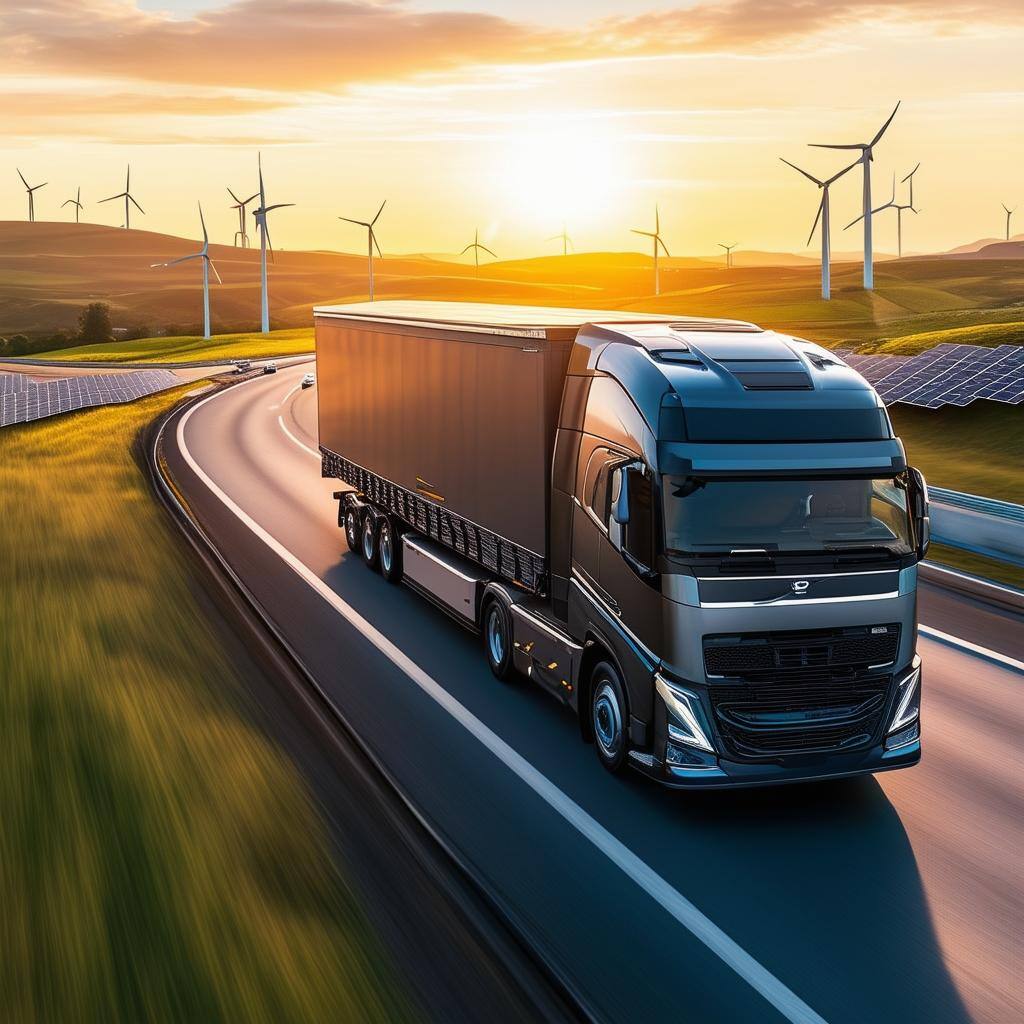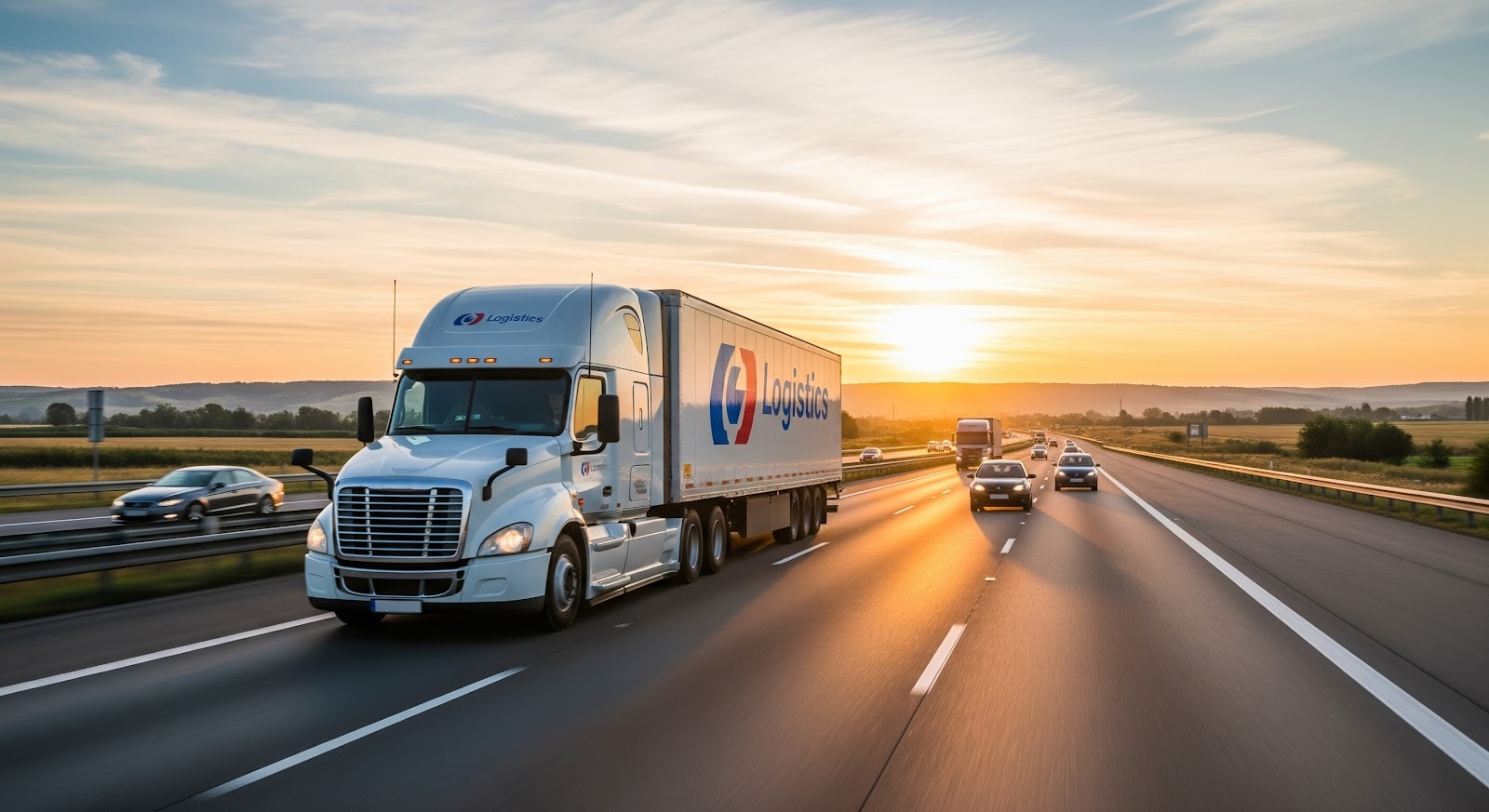Commercial Fleet Management: Strategies, Tools & Tips
Commercial fleet management plays a vital role in keeping businesses running smoothly, especially in industries like transportation, logistics, and...
Keep an eye on the road
Simplify your driver's routine
For efficient decision making
Ensure the compliance of your fleet
Simplify the daily life of your drivers
Maximize the value of your data
Unparalleled monitoring of your assets
The friendly competition that pays off
Planning powered by data
Exceed your customers' expectations
Provide better service to your users
Maximize the satisfaction of your citizens
Simplify your daily life on the construction site
Facilitate the electrification of your fleet
Our experts meet your needs
Easily meet the standards
Improve the safety of your drivers
Protect your data and your fleet
2 min read
Patrick Vallerand
Feb 14, 2025 11:58:04 AM

The study carried out by Pollution Probe, in collaboration with Mobility Future Lab and Delphi, provides an excellent overview of the current state of the long-haul market and the challenges involved in decarbonizing it. We found relevant information confirming that the transition to alternatives to diesel trucks for long-haul transport remains a major challenge.
According to the study, long-haul trucks travel an average of between 650 and 1,100 km per day. This is an essential fact that highlights the limitations of today's zero-emission solutions. Let's take a closer look at what this study reveals.
For this study, only zero-emission technologies were considered. Natural gas and hydrogen internal combustion engines were excluded, as they are not totally emission-neutral.
The analysis therefore focuses on two main categories:
One of the study's key figures concerns the energy efficiency of the various technologies.
Without even considering the energy required to produce electricity or hydrogen, it's clear that battery-electric trucks are the most efficient. What's more, with a lower energy cost, electricity optimizes every kWh used.
The range of BEV trucks varies between 370 and 640 km depending on the model, with the exception of the Tesla Semi, which boasts an impressive 800 km range with a 1,000 kWh battery.
FCEVs, meanwhile, offer a range of 483 to 805 km, depending on the models available. This covers some needs, but is still a long way from the 1,600 km a diesel truck can cover without refuelling.
The study shows that the additional weight of zero-emission trucks is a decisive factor:
The total cost of ownership (TCO) of zero-emission vehicles is a key factor in their adoption.
Of course, these calculations are strictly financial. However, other factors come into play:
The challenges are many, but far from insurmountable. We are moving towards a multi-energy world, and the transition of freight transport will undergo a veritable revolution over the next 15 to 20 years.
It's not just a question of inserting a circle into a square and replacing a diesel engine with a battery or hydrogen fuel cell. It's a whole business model that needs to be rethought in the light of the new constraints and opportunities brought about by this transition.
We're still at the heart of what some call the “Messy Middle”, that phase when no technology perfectly meets the need. Yet if we don't test, share and innovate, we'll be stuck in this transition for too long, putting the whole industry at risk.
Subsidy programs and government involvement are therefore crucial to support companies ready to adopt these new technologies. The challenge is to mitigate the financial losses of early adopters in order to accelerate infrastructure development and the viability of solutions.
Only a collaborative approach will enable us to make these solutions a sustainable and efficient reality in an ever-changing world.

Commercial fleet management plays a vital role in keeping businesses running smoothly, especially in industries like transportation, logistics, and...

In fleet management, fleet compliance services play a much bigger role than just checking a box. They’re about keeping your drivers safe, your...

Trucking has always come with its fair share of challenges, from road safety and liability issues to managing fleet efficiency. As the industry...